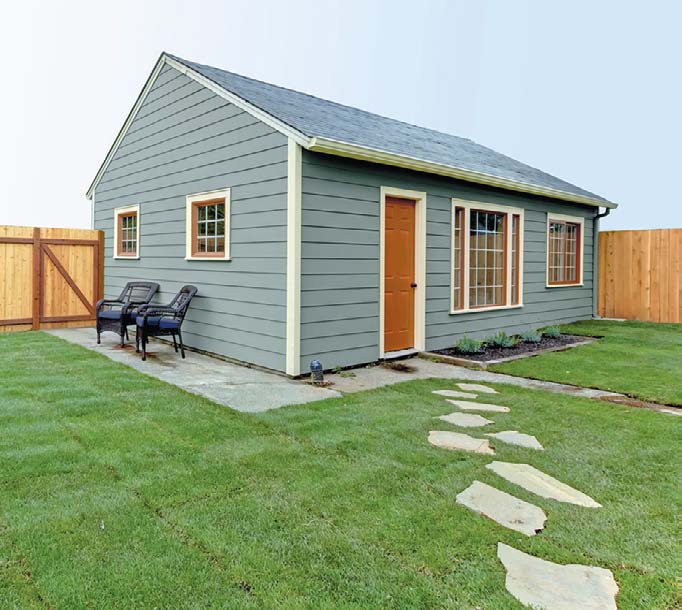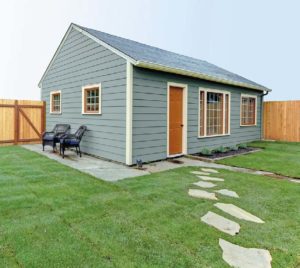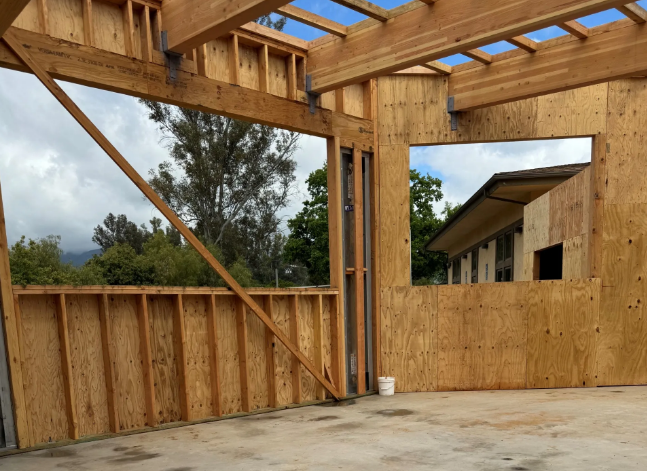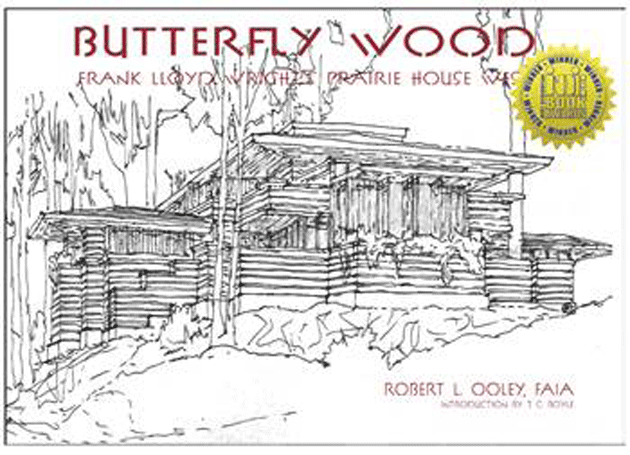
The Year of the Granny Flat

Santa Barbara will remember 2017 as the year of the Accessory Dwelling Unit (ADU). On January 1, 2017, the State of California enacted a set of laws, including Senate Bill 1069, that swiftly removed most barriers to having a second unit on parcels with a single-family residence.
California cities and counties received a slew of ADU applications and queries, but what happened locally was on a different scale. SB 1069 forced the City of Santa Barbara to take a hard look at how it has regulated housing in the past, and the verdict was not pretty: A city that distinguished itself as a leader of environmental and historic preservation and a city with immense pride in its quality of life had become the poster child for overlooking illegal dwellings and exporting its housing needs.
Consider the numbers:
Since 1994, when California first paved the way for ADUs, the City of Santa Barbara issued a total of just 16 such building permits in 23 years. In the first 10 months of 2017, after passage of SB 1069, it received 250 applications. Clearly, SB 1069 hit the housing bull’s-eye by forcing municipalities like Santa Barbara to stop blocking the path to legal status for granny flats with standards that made ADUs unbuildable in this city: parking requirements, development and utility fees, architectural hearings, and zoning modifications.
State Senator Bob Wieckowski, the author of SB 1069, came to town on August 11, invited by the American Institute of Architects (AIA) and the Contractors Association. Senator Wieckowski spoke to a packed house at the New Vic about the new law’s purpose. The current housing crisis constitutes an existential threat to California’s economy and environment. When local agencies fail to provide basic services, the state is obligated to step in. Housing is a basic need that supersedes concerns about parking and density. SB 1069 enables the homeowner to build lower-cost housing with no government assistance and minimal impacts.
Are neighborhood worries about parking and density justified? To find out, the AIA reviewed every ADU application submitted to the city after January 1, 2017. A whopping 77 percent were conversions of garages or other existing structures. In other words, these buildings are already in place, and, in a good many cases, their inhabitants and vehicles have been in place too, some of them for decades.
How big are these ADUs? Ten percent are less than 300 square feet; more than half (56 percent) are between 300 and 600 square feet, and one-third (34 percent) are between 600 and 1,200 square feet. Two-thirds are half the maximum area allowed by the state, and only 10 percent include a second story —hardly the types of structures that alter the character of a neighborhood.
There was a time not so long ago when complete drawings and structural and Title 24 calculations could get your small addition approved over the counter. Building is more complicated now, but remodeling a garage is not rocket science. Will Santa Barbara embrace the spirit of SB 1069? The Planning Commission will review a proposed ADU draft ordinance at City Hall on Thursday, January 11. (This week’s meeting was postponed.) This is the time to speak out for housing.
Originally published in the Santa Barbara Independent Real Estate Section – December 14, 2017
Article by, Alex Pujo, AIA



